Searching for Wrecked Slaving Ships

The House of Slaves (Maison des Esclaves) with the narrow door, the Point-of-no-return, through which slaves were loaded onto ships bound for the Americas, visible in the center. The building opened as a museum in 1962. Photo by Robin Elaine (3 September 2004), Wikimedia Commons.
◊ ◊ ◊ ◊ ◊
As reported by AFP, via Art Daily (20 August 2017). . .
Staring out to sea [off the coast of Dakar] on a flawlessly sunny day, underwater archaeologist Ibrahima Thiaw visualises three shipwrecks once packed with slaves that now lie somewhere beneath Senegal’s Atlantic waves. He wants more than anything to find them.
Thiaw has spent years scouring the seabed off the island of Gorée, once a west African slaving post, never losing hope of locating the elusive vessels with a small group of graduate students from Dakar’s Cheikh Anta Diop University. Gorée was the largest slave-trading centre on the African coast between the 15th and 19th century, according to the UN’s cultural agency UNESCO, and Thiaw believes his mission has a moral purpose: to heal the open wounds that slavery has left on the continent.
“This is not just for the fun of research or scholarship. It touches us and our humanity and I think that slavery in its afterlife still has huge scars on our modern society,” he said, pulling on a wetsuit and rubber boots for the day’s first dive.
Thiaw believes his native Senegal, with its own long and violent history of trade in human flesh, could tell the world more about how modern capitalism was founded on violence inflicted on African bodies. . . .
Thiaw, who originates from a rural area of Senegal but went on to study in the United States [earning a PhD from Rice University], had become known for his research into slaves’ living conditions on Goree island when he was approached three years ago by the US National Park Service and National Museum of African American History and Culture to find a west African base for their ‘Slave Wrecks Project‘. . . .
The trio of wrecks Thiaw seeks—the Nanette, the Bonne Amitie, and the Racehorse—all disappeared off Gorée in the 18th century, taking with them crucial evidence of how enslaved Africans were carried across the harrowing Middle Passage. . . .
The full article is available here»
Kevin Sieff reported on the project for The Washington Post (20 August 2017), available here»

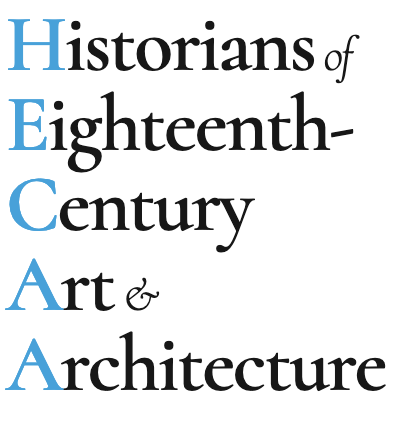

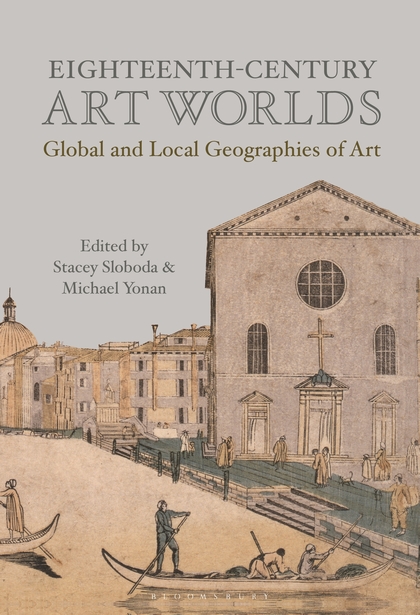

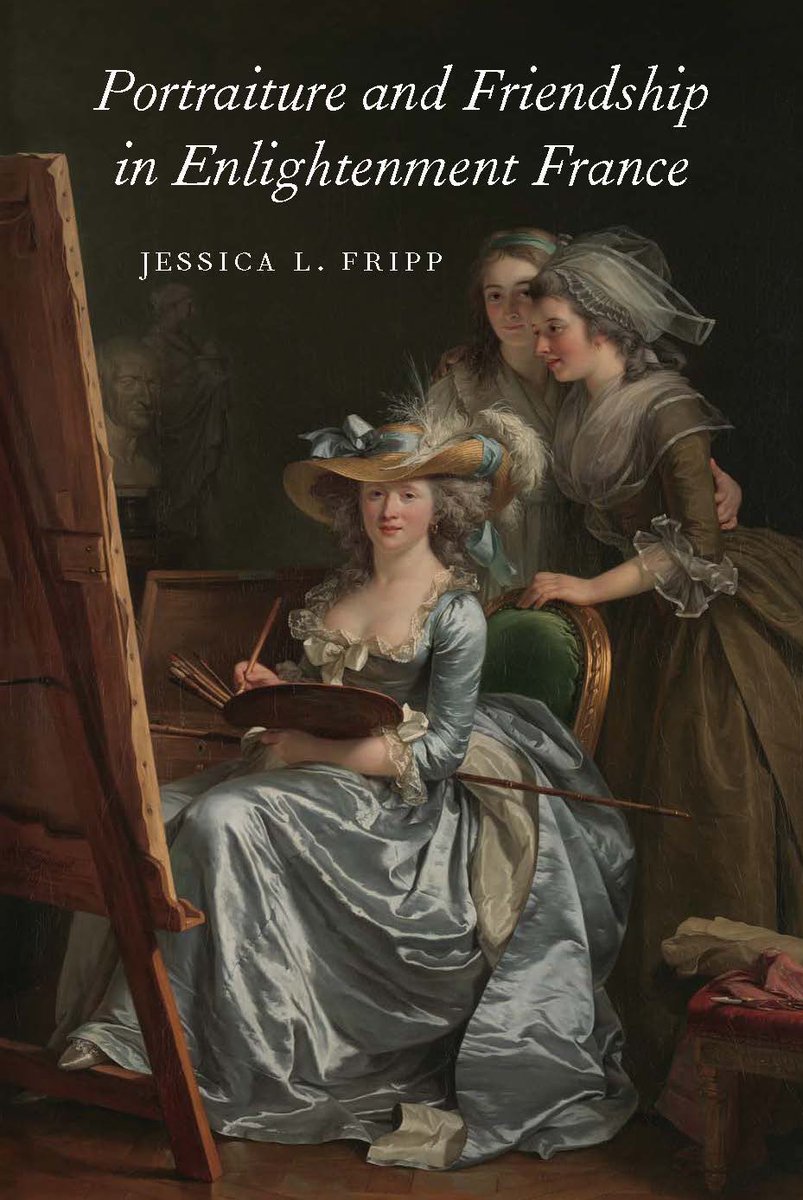















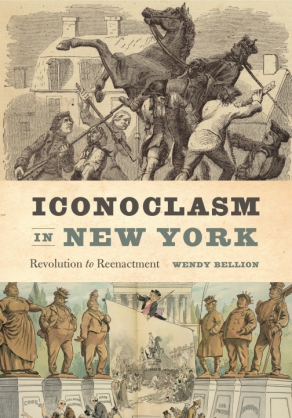



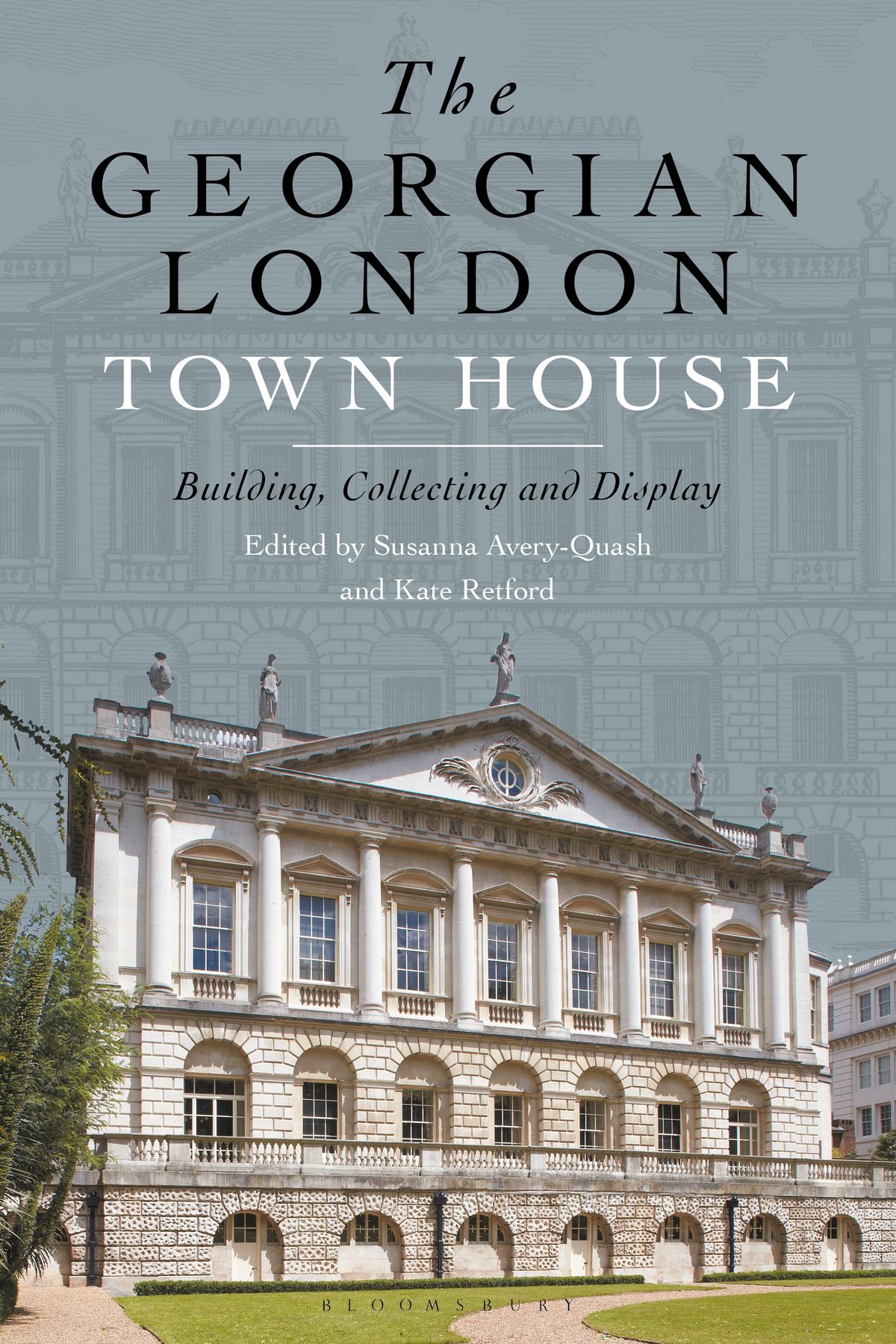


leave a comment